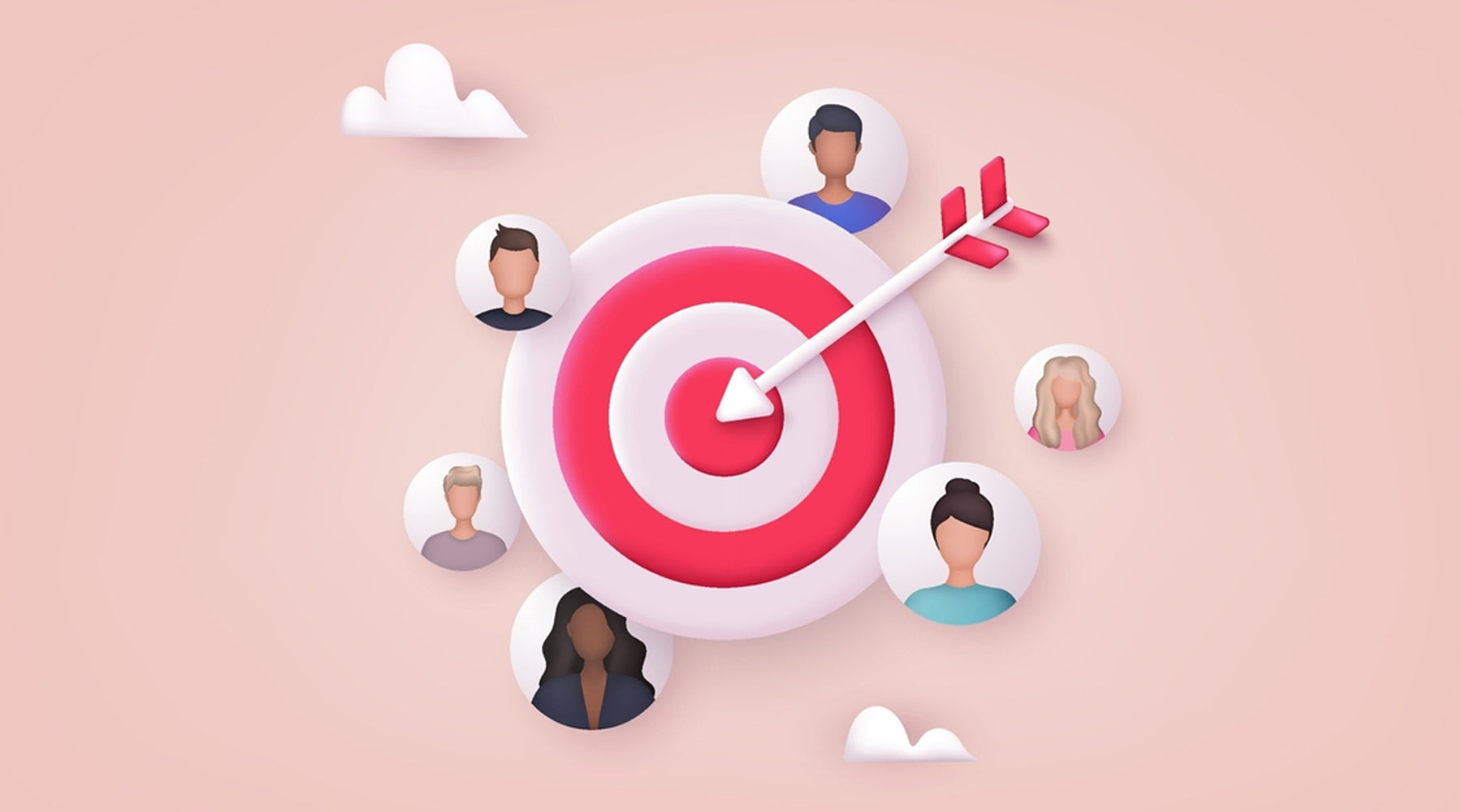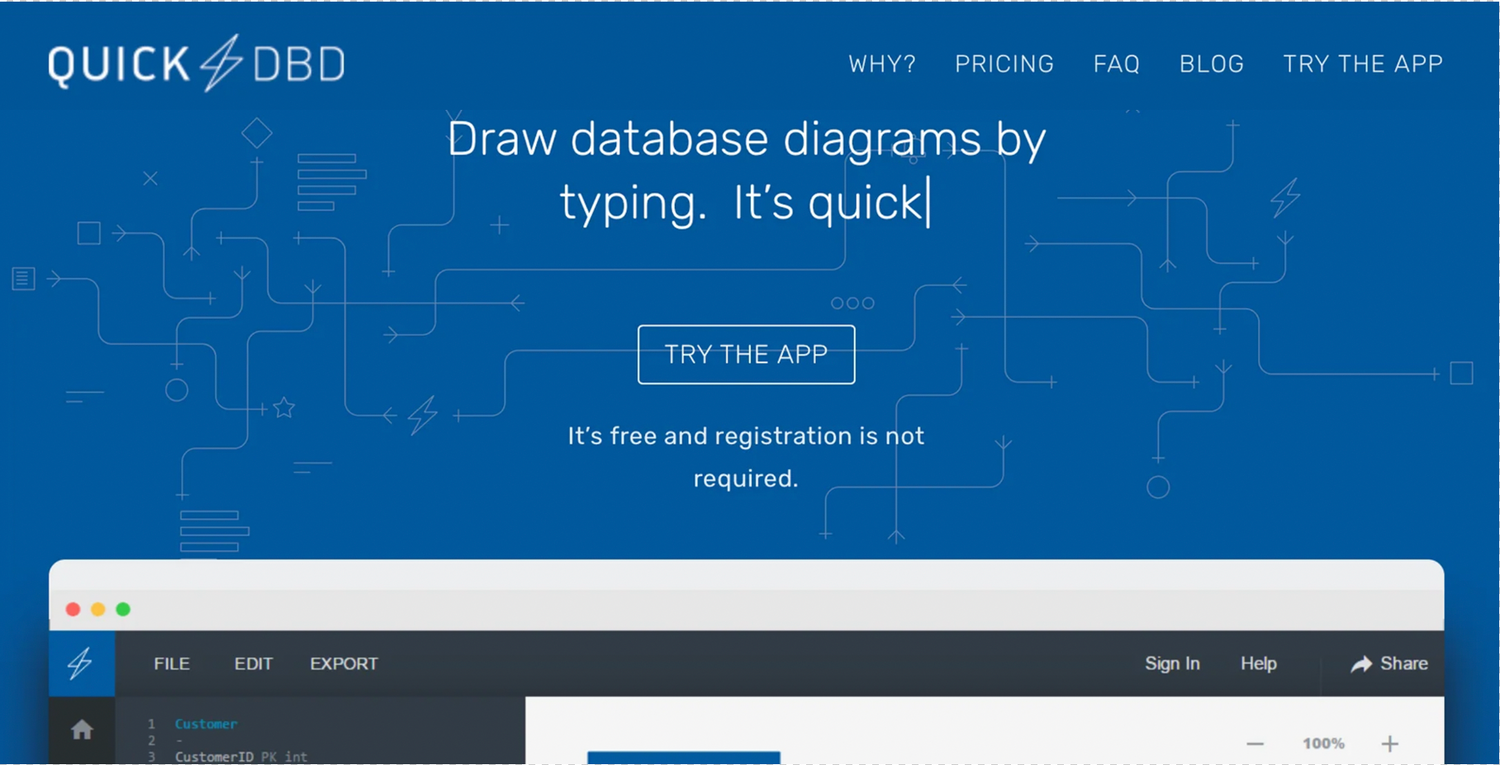The more defined your customer target market is, the better your business will perform.
If you're a developing entrepreneur, you probably have some questions running through your head right now: what is a customer target market? How do you define a customer target market? How do you analyze a customer target market?
Below, we will share five tips on achieving these but know this is just a taste. Understanding how all of this goes together will take more research and time.
You know what they say: practice makes perfect!
Without further delay, let's familiarize you with all the basics of the customer target market and how to find one for your business.
What is a Customer Target Market?
A basic definition of a customer target market is a group of people identified as the most likely potential customers for a product because of shared demographics and interests such as age, income, and lifestyle.
Knowing YOUR customer target market sets the foundation for YOUR marketing strategies. The best way to define YOUR customer target market is through good ole fashion research.
If you have noticed the YOUR in all capitals, that is for a reason. Customer Target Markets are specific to YOUR business and not others. There may be overlap, but no two companies have identical target markets. However, they can be very similar.
5 Ways To Find Your Customer Target Market
Now that you’re aware of what’s a customer target market, let's discuss the ways you can find it for your business.
1. Look Into Your Current Customers
One of the best ways to find a target market is to look at your existing customer base.
Closely observe, record, and analyze their characteristics to start developing lookalikes. Create a spreadsheet and find anything similar.
You might be surprised a significant portion of your demographic is young male adults or married women with kids. This data can be used to create ads or to cater products to those who buy from you.
For starters, you could focus on their age, language, location, purchasing patterns for the days of the week or time of year, etc.
This way, you can learn about your existing customers while expanding your reach through more intentional and focused marketing strategies.
2. Use Social Media Analytics
People tend to shy away from anything number related. We get it, numbers can be challenging and confusing, but they will help you find your customer target market. Trust us!
Social media analytics tools let you see who's interacting with your social media content. This information is invaluable, and you need to jump right in.
You don't have to be tech-savvy or buy the latest tools to measure the analytics because social media platforms already provide them for you. For example, Instagram has an Insights option where business accounts can see how their content is performing and what demographic of users engage with the content the most.
If you want to use an external analytics tool, Sprout Social is a good option if you have an omnichannel presence. Sprout Social lets you see each channel's performance and compare the performances across multiple platforms.
3. Take Inspiration From Your Competitors
You may think what your competitors are doing is unimportant and that you should solely focus on your brand…wrong!
Looking into how your competitors are targeting their customers helps you find your target customers.
You can learn much about your competitors' activities by conducting a competitor analysis. One aspect of the analysis is to profile their customers.
Read your competitors' mission statements, monitor their social media interactions, the kind of messaging they use, and if they specify a specific target audience in the content they publish on their platforms.
You may discover they’re targeting customers you haven’t even thought of. This means they must see the potential of turning those people into customers. If they can do it, why can't you?
4. Communicate the Value of Your Products/Services
Features AND benefits of the service/product you provide are essential to understand. Most people only focus on the features and do not know the difference between the two.
The quick breakdown is a feature of what the product does. On the other hand, the benefit is what the customer gets out of the product.
You need more than just listing the features of your products/services to help you successfully sell them to your target customers. Instead, dive into the benefits of using your products/services.
If you're confused between the two, this will help you distinguish between them: features inform the customers what your product/service is, whereas benefits inform them how it can make their lives easier or better.
What’s more, once you know the benefits of your product, you can identify who’s benefiting from it.
Example: Your product is an informational app about pregnancy. Its main FEATURE is to provide reliable information about what to eat or not to eat during pregnancy from certified doctors and nutritionists. The BENEFIT a customer receives is the ability to make well-informed decisions concerning their pregnancy.
5. Create A Target Market Statement
After following the suggestions above, you should be able to gather ample information to form a clear picture of your ideal customer. This is where you where clearly define your target customer with one statement.
Next, you should put this information into words. Don't know how? You can follow this simple template but don't think of this as the end all. You can add and subtract based on your target market identifiers.
"The customer target market for our business lives in (location), is from (age), and like to (activities)."
The Bottom Line
Even if you only identify four to five characteristics of your customer target market, this is enough to help you plan better marketing strategies. From there, you can start to add and subtract. Think of your information as a living document that ebbs and flows as your business does.
Initially, the process might be tiring, but with consistency, and clarity, your long-term goals will become much more achievable.



